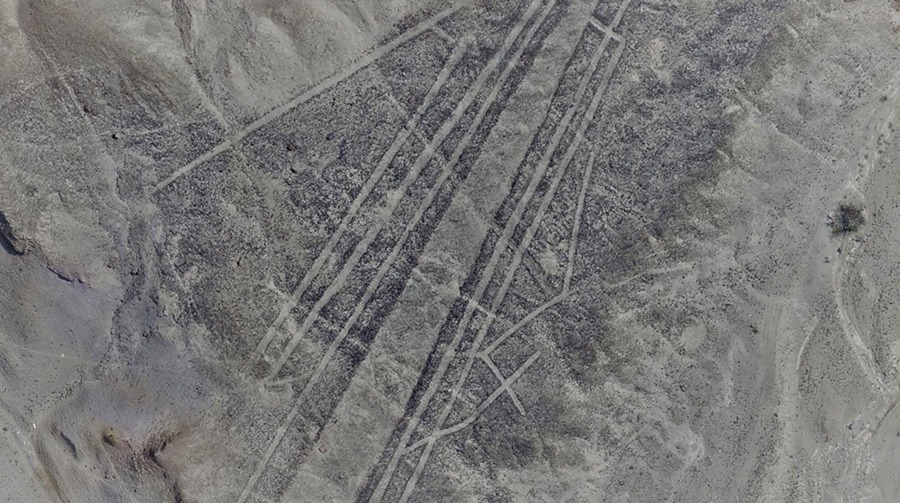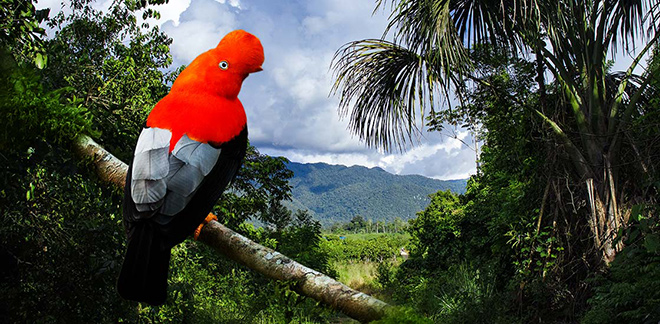Massive Ancient Drawings Found in Peruvian Desert
Síguenos en:Google News
Etched into the high desert of southern Peru more than a millennium ago, the enigmatic Nasca lines continue to capture our imagination. More than a thousand of these geoglyphs (literally, 'ground drawings') sprawl across the sandy soil of Nasca province, the remains of little-understood ritual practices that may have been connected to life-giving rain.
Now, Peruvian archaeologists armed with drones have discovered more than 50 new examples of these mysterious desert monuments in adjacent Palpa province, traced onto the earth's surface in lines almost too fine to see with the human eye. In addition, archaeologists surveyed locally known geoglyphs with drones for the first time—mapping them in never-before-seen detail.
Some of the newfound lines belong to the Nasca culture, which held sway in the area from 200 to 700 A.D. However, archaeologists suspect that the earlier Paracas and Topará cultures carved many of the newfound images between 500 B.C. and 200 A.D.
Unlike the iconic Nasca lines—most of which are only visible from overhead—the older Paracas glyphs were laid down on hillsides, making them visible to villages below. The two cultures also pursued different artistic subjects: Nasca lines most often consist of lines or polygons, but many of the newfound Paracas figures depict humans.
“Most of these figures are warriors,” says Peruvian archaeologist Luis Jaime Castillo Butters, the new glyphs' co-discoverer. “These ones could be spotted from a certain distance, so people had seen them, but over time, they were completely erased.”
The new geoglyphs add crucial data on the Paracas culture, as well as the mysterious Topará culture, which marked the transition between the Paracas and the Nasca. Centuries before the famous Nasca lines were made, people in the region were experimenting with making massive geoglyphs.
“This means that it is a tradition of over a thousand years that precedes the famous geoglyphs of the Nasca culture, which opens the door to new hypotheses about its function and meaning,” says Peruvian Ministry of Culture archaeologist Johny Isla, the Nasca lines' chief restorer and protector.
Ironically, the discovery of the new geoglyphs was only made possible because of threats to previously known Nasca lines.
In December 2014, the environmentalist group Greenpeace staged a protest mere feet from the famous Nasca “hummingbird,” damaging the area. In the resulting furor, Peru received a grant from the U.S. to help hire Isla and his restoration team.
Isla's work is extraordinarily difficult, and made even harder by spotty maps. Of the estimated 100,000 archaeological sites in Peru, Isla's colleague Castillo says only about 5,000 have been properly documented on the ground. Even fewer have been mapped from the air.
Read full article: https://news.nationalgeographic.com/2018/04/new-nasca-nazca-lines-discovery-peru-archaeology/
Source: National Geographic









